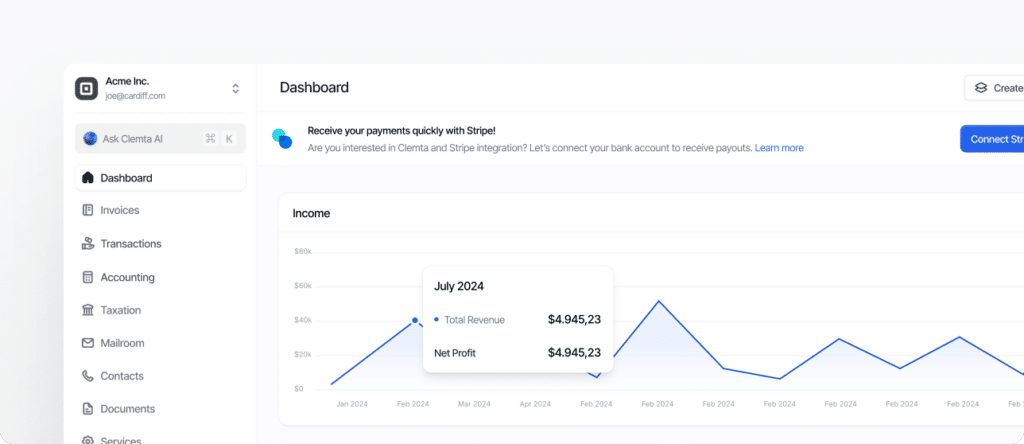A verification process that businesses, especially financial institutions, use to confirm the identity of their clients to prevent fraud, money laundering, and other illegal activities.
What is KYC (Know Your Customer)?
KYC, which stands for Know Your Customer, is a compliance requirement designed to verify the identity of clients before establishing a business relationship. It is widely used in banking, financial services, payment processing, and certain e-commerce platforms. The purpose of KYC is to ensure that businesses are dealing with legitimate customers and to reduce the risk of being involved in fraudulent or unlawful transactions.
The process generally involves collecting personal or business information such as a government-issued photo ID, proof of address (like a utility bill or bank statement), and, in the case of companies, incorporation documents, ownership details, and information on ultimate beneficial owners (UBOs). For non-U.S. residents operating or forming U.S. businesses, KYC is a crucial step when opening U.S. bank accounts, setting up merchant processing, or partnering with certain service providers.
KYC requirements vary depending on the institution and jurisdiction, but they often align with broader anti-money laundering (AML) and counter-terrorist financing (CTF) regulations. In addition to initial verification, many institutions also require ongoing monitoring to ensure customer information remains accurate and up to date.
For non-U.S. founders, passing KYC checks often involves submitting certified translations of documents if they are not in English, as well as providing clear evidence of business activities and source of funds. Completing KYC successfully not only enables access to essential financial services but also helps build trust with partners and clients.

